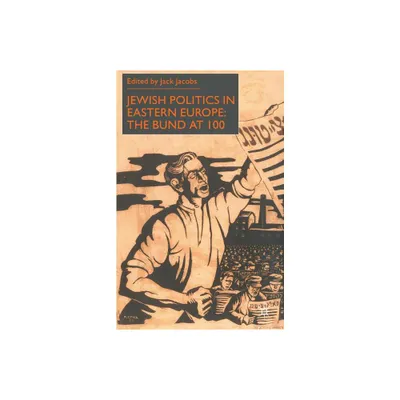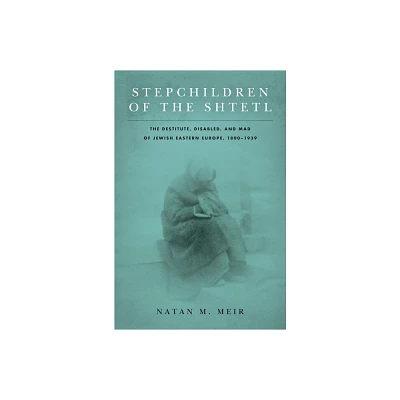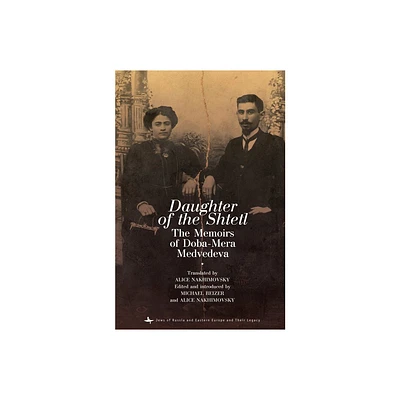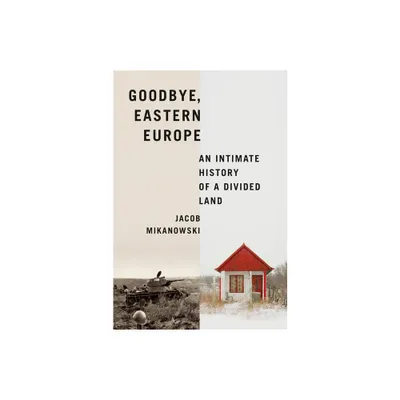Home
Stepchildren of The Shtetl: Destitute, Disabled, and Mad Jewish Eastern Europe, 1800-1939
Loading Inventory...
Barnes and Noble
Stepchildren of The Shtetl: Destitute, Disabled, and Mad Jewish Eastern Europe, 1800-1939
Current price: $130.00


Barnes and Noble
Stepchildren of The Shtetl: Destitute, Disabled, and Mad Jewish Eastern Europe, 1800-1939
Current price: $130.00
Loading Inventory...
Size: Hardcover
*Product Information may vary - to confirm product availability, pricing, and additional information please contact Barnes and Noble
Memoirs of Jewish life in the east European shtetl often recall the
hekdesh
(town poorhouse) and its residents: beggars, madmen and madwomen, disabled people, and poor orphans.
Stepchildren of the Shtetl
tells the story of these marginalized figures from the dawn of modernity to the eve of the Holocaust.
Combining archival research with analysis of literary, cultural, and religious texts, Natan M. Meir recovers the lived experience of Jewish society's outcasts and reveals the central role that they came to play in the drama of modernization. Those on the margins were often made to bear the burden of the nation as a whole, whether as scapegoats in moments of crisis or as symbols of degeneration, ripe for transformation by reformers, philanthropists, and nationalists. Shining a light into the darkest corners of Jewish society in eastern Europe—from the often squalid poorhouse of the shtetl to the slums and insane asylums of Warsaw and Odessa, from the conscription of poor orphans during the reign of Nicholas I to the cholera wedding, a magical ritual in which an epidemic was halted by marrying outcasts to each other in the town cemetery—
reconsiders the place of the lowliest members of an already stigmatized minority.
hekdesh
(town poorhouse) and its residents: beggars, madmen and madwomen, disabled people, and poor orphans.
Stepchildren of the Shtetl
tells the story of these marginalized figures from the dawn of modernity to the eve of the Holocaust.
Combining archival research with analysis of literary, cultural, and religious texts, Natan M. Meir recovers the lived experience of Jewish society's outcasts and reveals the central role that they came to play in the drama of modernization. Those on the margins were often made to bear the burden of the nation as a whole, whether as scapegoats in moments of crisis or as symbols of degeneration, ripe for transformation by reformers, philanthropists, and nationalists. Shining a light into the darkest corners of Jewish society in eastern Europe—from the often squalid poorhouse of the shtetl to the slums and insane asylums of Warsaw and Odessa, from the conscription of poor orphans during the reign of Nicholas I to the cholera wedding, a magical ritual in which an epidemic was halted by marrying outcasts to each other in the town cemetery—
reconsiders the place of the lowliest members of an already stigmatized minority.


















